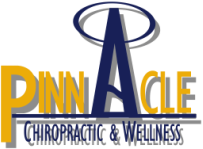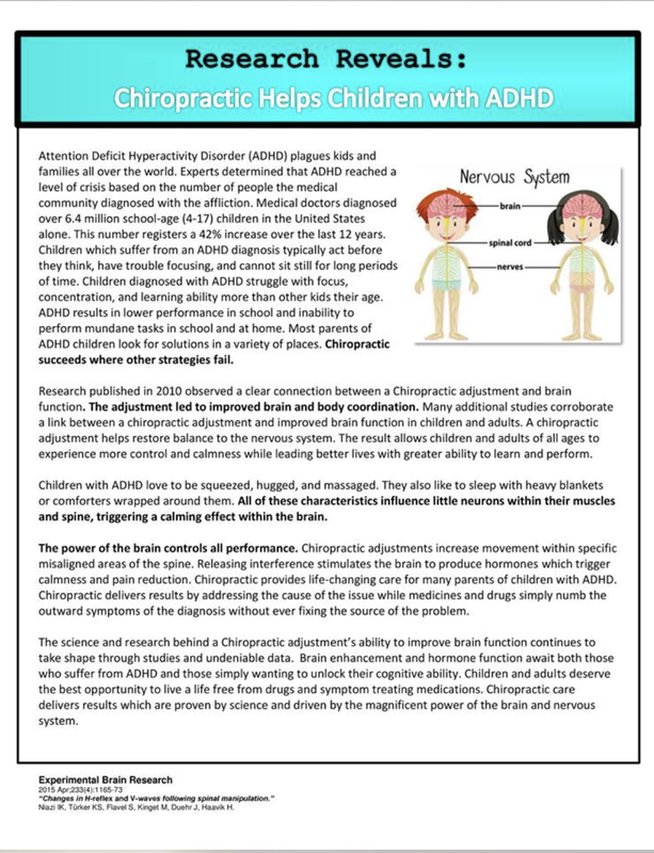|
In talking with our massage therapist Katie, I was introduced to Reiki. While I am no expert, I found what she had to say interesting, and thought it would be helpful for her to explain more about the healing art. For those who are interested, Reiki is a form of energy healing originating in the Far-East. Its intention is to improve and optimize the flow of energy in the body to facilitate wellbeing and healing. Without any more ado, here is Katie Nord, CMT on Reiki:
Our intentions and thoughts control our decisions throughout our lives. Positive thoughts and intentions are more likely to return positive outcomes. In my massage room I have seen clients who, while they want to get better, have lost their hope or intention to get better. One of the hardest things to do in this world is to not let our obstacles beat us down. At the root of all chronic injuries and/or pain I have seen is something that has traumatized the client’s peace of mind and confidence in themselves. For example, a client who has survived breast cancer may suffer from severe anxiety as she blames herself for the cancer and is afraid to lose control over her own body again. The problem is that the past cannot be undone and the future cannot be foreseen. Dwelling in anytime but the present can lead to negative emotions, choices, and thoughts. Reiki comes into play here. Channeling energy requires an openness and sincere intentions by both the practitioner and the client. Allowing the Chakras to open to positive Ki driven by the practitioner gives the clients body the ability to replace the negative Ki with positive. Consciousness of the shift in energy in the body helps not only the client, but the therapist as well. Reiki aides in the release of negative emotions, stress, and blocked energy. It works at the root of a client’s issue by amplifying the body’s ability to heal. I believe that in learning Reiki, and hopefully one day becoming a master or even a teacher will give my clients a more effective healing experience with me. When it comes to fixing a problem I want to treat the cause, not just the symptoms and at the center of all of us is Ki. It is what drives our bodies and pursuing a healthy flow of energy will lead to a healthy body. Katie Nord, CMT Thank you Katie, for sharing with us. While in our practice Katie primarily uses therapeutic massage in conjunction with our chiropractic care. She is an amazing massage therapist, and as it turns out practices a few other healing arts such as Reiki and Reflexology, which patients are welcome to receive upon request. If you have any questions about Reiki, Massage, Reflexology, or Katie, please schedule a free consultation and we will be sure to make you feel right at home. Dr. Korey
5 Comments
Hey everybody, Dr. Kathleen here!
I wanted to share a story of one of the women I’ve had the privilege of helping through her pregnancy term. Many women are unaware that chiropractic is an option during their pregnancy, so my goal is to share some of the amazing benefits of being under care and spread awareness for this holistic approach to a comfortable and rewarding pregnancy. Of the many women I’ve been able to work with through their pregnancy terms, one thing stands out: all of these pregnancies are very different! They do however, have one thing in common, all these women are strong in so many ways. The case I am about to tell you is just one of the many amazing stories I’ve seen in our office. I began seeing an incredible woman after her first pregnancy and prior to the conception of her second pregnancy. On the first day I discovered she is an extremely active woman, having run many marathons, including one during her last pregnancy and is very pro-active in her health. We performed our chiropractic exam and discovered some pelvic issues as well as spinal subluxations hindering her body’s ability to function optimally. After several months of wellness care she expressed she was pregnant with her second child. Her pregnancy and birth goals included running a marathon, having a home birth and of course, having a healthy baby! My main goal as her chiropractor was to help her body maintain proper nerve function, pelvic alignment and comfort. This would allow her to continue training for her marathon and support an easy and healthy birthing process. Our plan consisted of light adjustments to the hips and spine along with round ligament release to balance the uterus (this is known as Webster’s Technique, more on this in another blog!) 1x/week until her marathon was completed. She finished her trail marathon at a pace of 9minutes 30seconds, a time which exceeded her expectations! As her pregnancy progressed she began to experience painful varicose veins on the back of both of her legs. We added specific whole food supplementation to support blood vessel integrity and circulation. The night she started her supplement protocol her pain subsided significantly in her legs. We continued care once a week until her final and main goal: to birth a beautiful baby at home utilizing a midwife! On the 37th week of pregnancy her water broke late one evening. She presented to my office the following day after having had an ultrasound. The baby was head down and weighed an estimated 6lbs. At this time she was having light and inconsistent contractions and mentioned that she was not in active labor yet. Light adjustments to the spine and nervous system proceeded as normal and she was recommended to come in again in a couple days if she had not begun active labor as of yet. Two days later she presented to the office again and had not yet started active labor, but her contractions were getting a little stronger. She was again adjusted utilizing a low force technique and manual traction of the low back as well as gentle release of the round ligaments. That evening, she delivered a beautiful baby girl after 3.5 hours of labor and 7 “pushes”. She was neither sore nor fatigued after the labor. The baby was placed in NICU for observation due to a slightly early delivery, but was released after two days without complications. The mother mentioned that she did not have any muscle soreness like she had had with her first delivery. The mother reported having an amazing experience with her delivery and her only complaint post-delivery was that she felt like she couldn’t activate her right glute muscle, slight round ligament pain when working out and was beginning to have some mild headaches due to breast feeding posture. All things we can work through together with chiropractic care. We are currently continuing maintenance care to express her optimal wellbeing so she can continue her active life style and raise two beautiful children with ease and comfort. What an amazing woman! Although some women have concerns, (and most don’t realize it’s even an option!), chiropractic care is safe, gentle, and effective for pregnant women. It can help alleviate aches and pains, ensure optimal nerve function, and facilitate a comfortable and speedy delivery! More blogs to come, and if you have any questions please reach out, we’d be happy to talk via e-mail or schedule a free consultation. Happiness and Health, Dr. Kathleen I made a quick video discussing how chiropractic really affects the body, and why so many and why so many people experience a wide array of benefits from being under care. The moral of the story is chiropractic is not a SYMPTOM based treatment. It is a SYSTEMS based healthcare model. If affects the body in many ways, because if affects the SYSTEMS that run the brain. The video cuts out at the very end, don't worry you didn't miss any of the important stuff :)
If you have any questions about chiropractic care and its benefits, or would like a more detailed explanation of the research behind what I discussed in the video, please give us a shout out by e-mail, phone, or schedule a 15 minute consultation in office! Have a great day! Dr. Korey How would having your spine adjusted affect ADHD? Your spine has nothing to do with that.
You're right! Your spine isn't directly related, but your nervous system (your brain and spinal cord) sure is! Chiropractors adjust the spine because it directly affects your nervous system, that's the whole point of Chiropractic care! A properly functioning spine = proper brain input! That's why we see improvements in how these little adults function while they are under chiropractic care! Chiropractic isn't a "cure" for ADHD, but having proper brain input allows children to neurologically develop normal function. I know the article below is a bit wordy, but watch the video in the blog post right below this one for a quick summary on how chiropractic adjustments affect the brain! It all makes sense! If you have any questions call and schedule a consultation with Dr. Kathleen, she specializes in working with children and has experience helping sensory kiddos do their best! |
|
Pinnacle Chiropractic & Wellness
10126 Brooks School Rd, Fishers, IN 46037 (317) 288-4514 |
|

